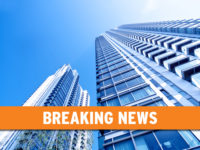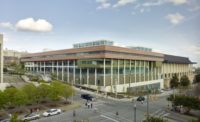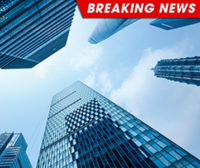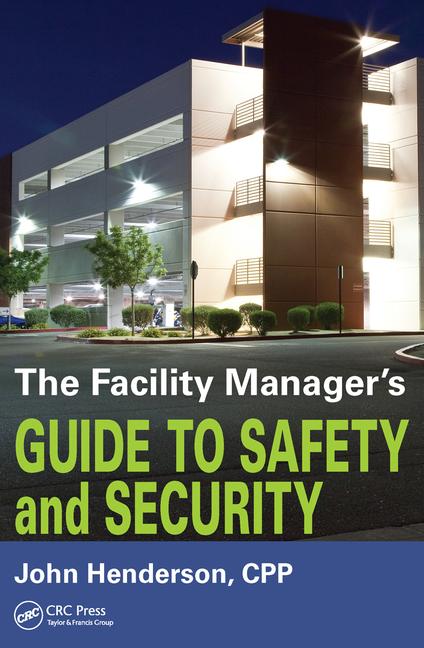Net Zero Evolves To Net Positive
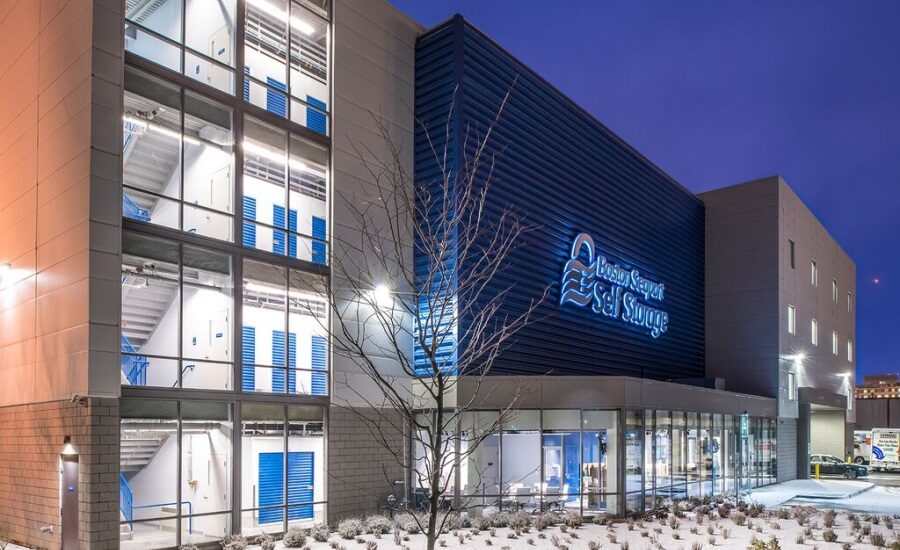
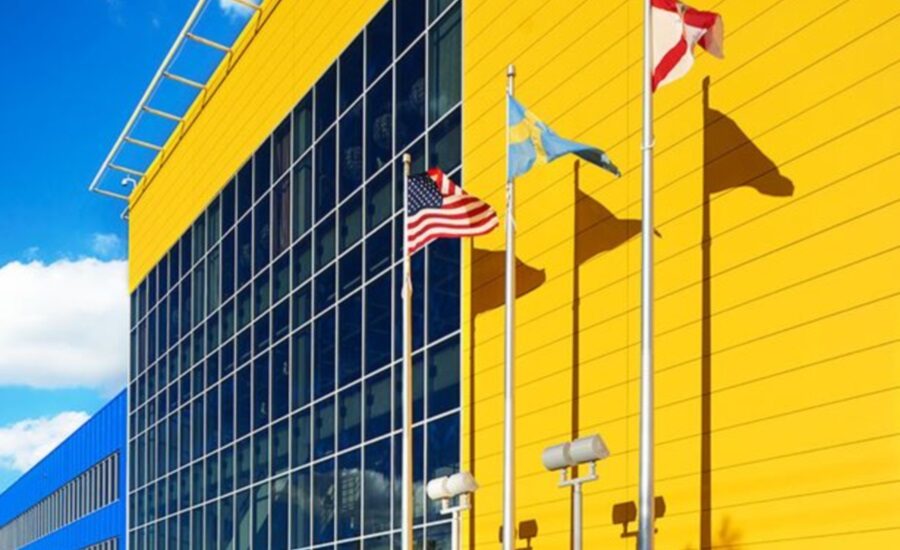
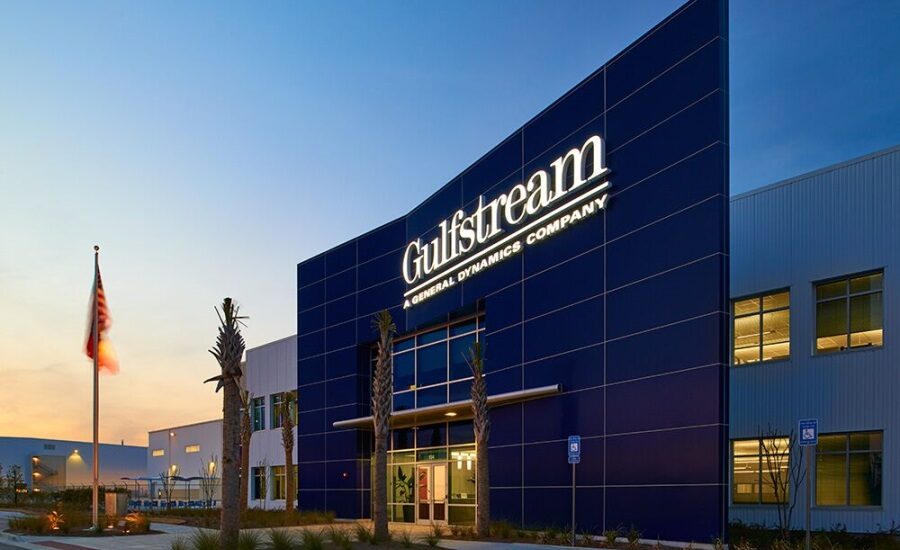
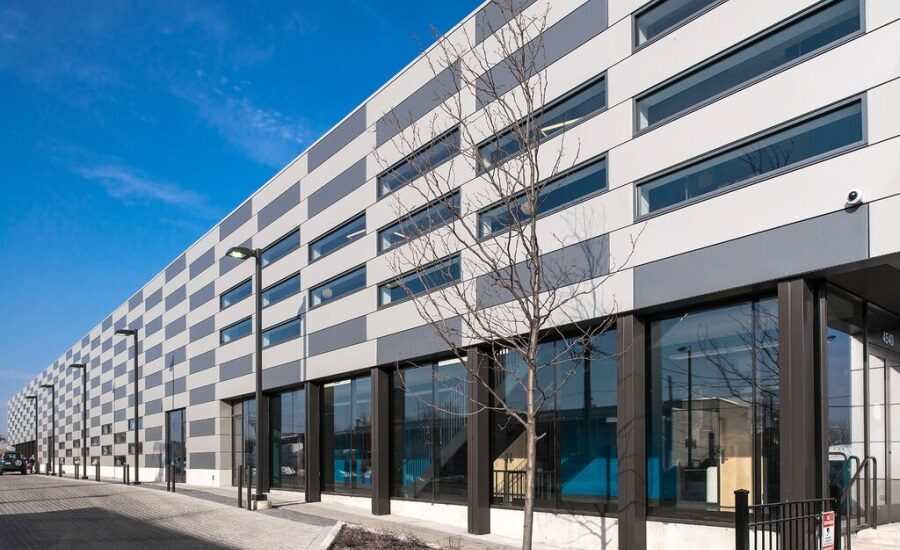




In the past 10 years, great strides have been made to construct buildings that produce their own power while not consuming any from the grid. These buildings are said to have achieved Net Zero status. In recent years, new regulations and policies were drafted to give owners incentives to commission the design and construction of Net Zero Energy buildings, and the drive gained impetus.
Following on the success of getting Net Zero accepted and adopted by owners along with the design community, the movement has evolved and now Net Positive has become the new goal. Those who are leading this truly progressive change to the built environment believe that the effect could be widely seen within five to ten years.
A Logical Progression
“Net Positive is far more than just a buzz phrase,” said Brent Trenga, Director of Sustainability and Education for Kingspan Insulated Panels. “In just the past two years many in the field of sustainability have realized that Net Zero was not the ultimate goal.”
The Net Zero drive used high performance HVAC mechanical features to reduce a building’s energy needs. An airtight envelope then brought the structure to a Net Zero status. This critical path of construction became the foundation upon which Net Positive structures will be built.
According to Trenga, companies that create products used to form building envelopes that achieve Net Zero status consistently adjust the bar and set it higher to ensure the impetus for advancement in sustainable technology continues. It is now quite possible to construct a Net Zero building and he believes the next step is inevitable. “We in the sustainable building community believe that in five to ten years we will have achieved a level of completion for net positive buildings that we now see for Net Zero structures,” said Trenga. “New projects are rapidly emerging to transform as owners decide to construct buildings that are beneficial to their surrounding ecosystems.”
The Net Positive concept actually has two primary areas of work: Net Positive Energy and Net Positive Water. Both share a common goal of positivity with the end result being a building not just able to generate all of its energy and water needs, but to end up with a surplus.
The Driving Force
Net Positive is definitely cutting edge, but it is also achievable. The design community has the knowledge and skills to create Net Positive buildings, but it will take the financing of owners to drive actual construction. As this movement gains ground, it will be owners that want to create a showcase building for their company that will order the first wave of Net Positive buildings.
The International Living Future Institute has done much to get owners to appreciate the value of Net Positive design. It conducts events such as the Living Product Expo 2015 and the Living Future Expo 2016. From February 18 to 19, 2016 it will hold the Net Positive Energy + Water Conference in San Diego, Calif.
The Living Future Institute is headquartered in the Bullitt Center in Seattle, Wa. This building collects, treats and reuses all water on site, using rainwater catchment, graywater recycling with a blackwater system utilizing composting toilets. Because of this, the building currently can claim Net Zero status in terms of water. Net Positive is on the horizon for this building.
Right At The Forefront
Trenga need only look out his office window to see a reality view of the Net Zero concept. The American headquarters for Kingspan Insulated Panels in DeLand, Fla., is a Net Zero Energy building. “Kingspan has set a goal to have its entire global operations achieve Net Zero energy by 2020,” said Trenga. “By the start of 2016, the company has already reached 50 percent of that goal.”
Looking for a reprint of this article?
From high-res PDFs to custom plaques, order your copy today!




